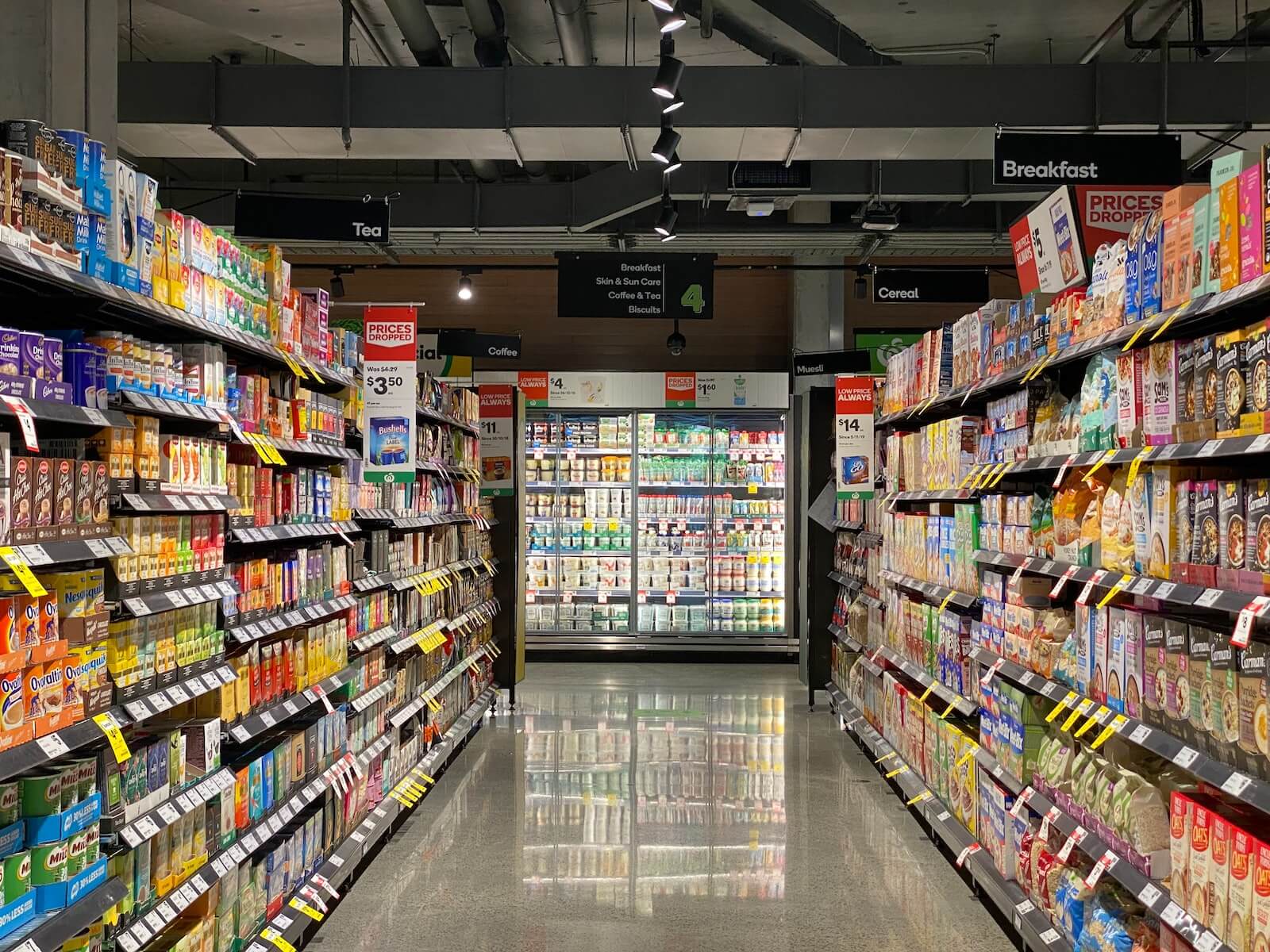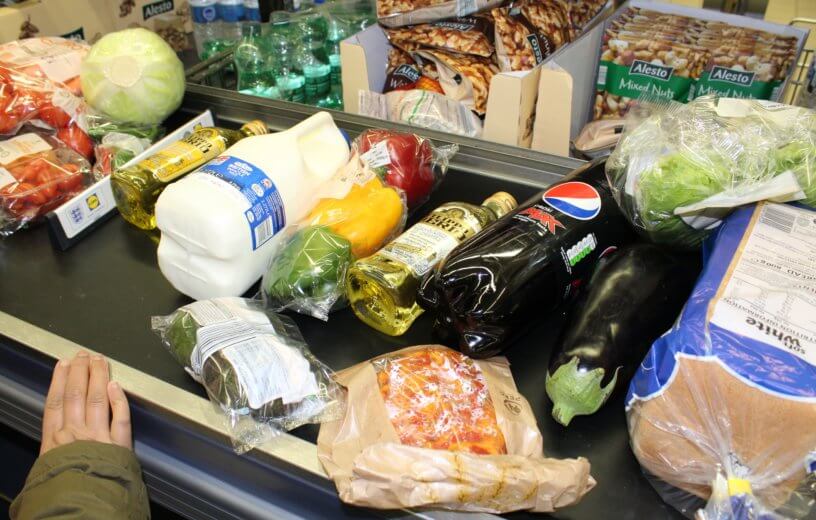PHILADELPHIA — Troubling new research finds the majority of foods purchased by Americans (60%) contain any number of artificial additives such as preservatives, sweeteners, and coloring or flavoring agents. Even worse, these levels represent a 10-percent increase since 2001. The study makes a strong case that the prevalence of food additives is on the rise in a major way. For instance, the average amount of additives in food and beverage products added by manufacturers has increased significantly between 2001 (3.7) and 2019 (4.5).
Food additives are so ubiquitous in the first place thanks to their ability to extend various foods’ shelf lives and improve palatability. Despite this, the health consequences of consuming these substances are still woefully understudied and not clear. So, analyzing and better grasping the impact of food-additive exposure over time is a vital step in understanding its role in numerous negative health developments linked to their consumption, including increased bodyweight and negative changes to the gut microbiome.
“Our research clearly shows that the proportion of ultra-processed foods with additives in Americans’ shopping carts increased significantly between 2001 and 2019. We observed this trend across all food and additive categories,” notes lead investigator Elizabeth K. Dunford, PhD, from the George Institute for Global Health, the University of New South Wales, and the University of North Carolina at Chapel Hill, in a media release.
Baby food is becoming increasingly ultra-processed
By 2019, over half of all packaged food and beverage products purchased by U.S. households contained at least three or more additives. Moreover, and perhaps most concerning of all, there was a 22-percent increase in baby food purchases that researchers consider ultra-processed or contained additives.
“These findings give us reason for concern, given the growing evidence linking high consumption of processed foods with adverse health outcomes,” Dr. Dunford notes, adding that there was one positive: a decrease in the use of added flavors among carbonated soft drinks.
American consumers buy over 400,000 different packaged food and beverage products annually at grocery stores. New food goods and products are constantly landing on store shelves. More ultra-processed foods means that Americans are eating more sodium, sugar, and saturated fats.

“With manufacturers producing foods and beverages with an increasingly higher number of additives, it is more important than ever to understand what is in the foods that Americans are buying and eating,” comments the study’s senior investigator, Barry Popkin, PhD, the W.R. Kenan, Jr. Distinguished Professor in the Department of Nutrition at UNC’s Gillings Global School of Public Health.
“US consumers are demanding a much higher level of transparency from brands and retailers than in previous years. We hope the findings from this study will be used to inform policymakers on where Americans – especially babies – are being exposed to additives, and how the packaged food supply is changing,” Dr. Popkin adds.
Could this change how the food industry makes food?
This is the first ever study to assess what U.S. consumers are purchasing, as opposed to relying on reported food and beverage intake, in order to evaluate exposure to food additives in ultra-processed foods. Researchers made use of Nielsen Homescan Consumer Panel data spanning 2001 to 2019 to analyze the proportion of products purchased by U.S. households containing four common technical food additives: colors, flavors, preservatives, and non-nutritive sweeteners. Researchers also set out to determine whether purchases have changed over time via the products’ scanned Nutrition Facts Panels. Previously, there has been a dearth of publicly available ingredient databases identifying and quantifying top additives found in U.S. foods.
“The findings from this study could be used to inform policymakers on where American consumers are getting an increasing number of additives and how the packaged food supply is changing. The results can also set the foundation for future work in this area and provide direction for future researchers,” Dr. Dunford continues. “At a minimum, I hope this work leads to further investigation into the types and amounts of ingredients being used in the manufacturing of baby food products.”
“By providing data on exposure to food additives in ultra-processed foods found in grocery-purchased foods over time, Dr. Dunford’s team is leading the way with much-needed research. Their novel method enabled them to document food additive-exposure changes over time and by food and additive category,” writes Dr. Mona Calvo from The Icahn School of Medicine at Mount Sinai in an accompanying editorial on the study.
“Most importantly, the authors’ unique approach enabled exposure estimates in the understudied, vulnerable populations of infants and children,” adds editorial co-author Dr. Jaime Uribarri.
The findings appear in the Journal of the Academy of Nutrition and Dietetics.


Could this lead to a changed population of people?
Yes, theoretically, after a few generations the negative pressure on people who are vulnerable to being poisoned by these substances will be less reproductively successfully as the ones who are more susceptible to these poisons suffer and die off at higher rates.
Fats? Sugar? Nah. Sodium diosphosphate, canola oil, nitrates, surcalose , margarine, hfcs, all of this artificial stuff wasn’t in food before world war two. You can blame the stuff around before the industrial age but I guarantee you all the lab created garbage is what is making people sick.
My wife and I take a acid reflux pill daily..Funny thing is in the summer, when we are eating our meals mainly with fresh garden produce, corn, beans, etc, We don’t need the pills…
Funny, my girlfriend was the same way. The doctor kept putting her on more Omeprazole instead of asking her what she was eating. When I started feeding her fresh vegetables instead of ultra processed grains and sugars we were able to start weening her off the Omeprazole. The doctors don’t tell you but Omeprazole isn’t meant for long term usage like it’s commonly prescribed. Long term it causes things like thinning of the lining of the stomach and the increased chance of ulcers and stomach cancers that come from that.
I don’t understand why the FDA, who we think is “protecting” us from such things, allows all these dangerous and unstudied additives in our food. Also, all the GMO things on the shelves seems to be increasing and seem unnecessary as well. We all need to read labels and make these manufacturers stop trying to kill us off.